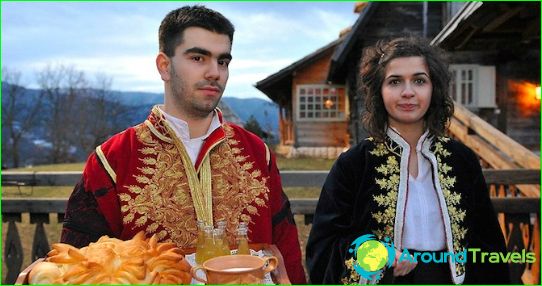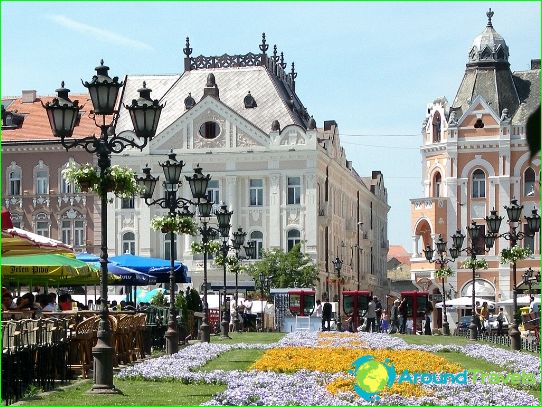Serbian culture

The Byzantine Empire and the Orthodox religion had a huge impact on the development of Serbian culture. In general, Serbian customs and national traditions are very close to the rest of the Christian Slavic world. Historical and architectural monuments in Serbia are Orthodox monasteries, and any European likes local cuisine. Serbian music and dances are fiery and energetic, and folk crafts allow every tourist to take home magnificent handmade souvenirs.
From Cyril and Methodius
The disciples of the first creators of the Slavic alphabet and Christian preachers Cyril and Methodius contributed to the development of writing and, in general, the culture of Serbia. The oldest surviving Cyrillic manuscript is dated 1185. This is a Gospel commissioned by Prince Miroslav. Of no less historical value is the "Chronicle of Serbian Princes" of the 10th century in the Serbian language.
At the end of the 12th century, Serbian literature received order in its development due to the appearance of a huge number of Bulgarian and Greek translated works. The desire to read contributes to the birth of their own literature, and the Serbs consider Sava of Serbia to be the first writer, who at the beginning of the 13th century compiled the life of his own father..
An important place in early national literature is occupied by heroic works telling about the life of the exploits of Serbian princes and their military squads.
From the UNESCO lists
The historical heritage of the Serbs is also manifested in the numerous architectural monuments that have survived since the Middle Ages. The most significant ones were honored to be included in the World Cultural Heritage lists created by UNESCO:
- Orthodox monasteries in Kosovo, the oldest of which is the temple and monastery in Vysokie Decani. The first mentions of it date back to the beginning of the XIV century, and the main shrines of the monastery are the relics of King Stephen of Dechansky who founded it and the Great Martyr Nikita. The monastery is also famous for its ancient frescoes, which depict the main subjects of the New Testament.
- The ancient city of Stari Ras, which was the capital of the early state of the Serbs. Its history begins in the Bronze Age, and the heyday of the Old Race fell on the times of the Roman Empire. The Petrova Church on the territory of the city has a special value in the cultural and architectural heritage. It is the oldest in the country, and its construction dates back to the 8th century..



